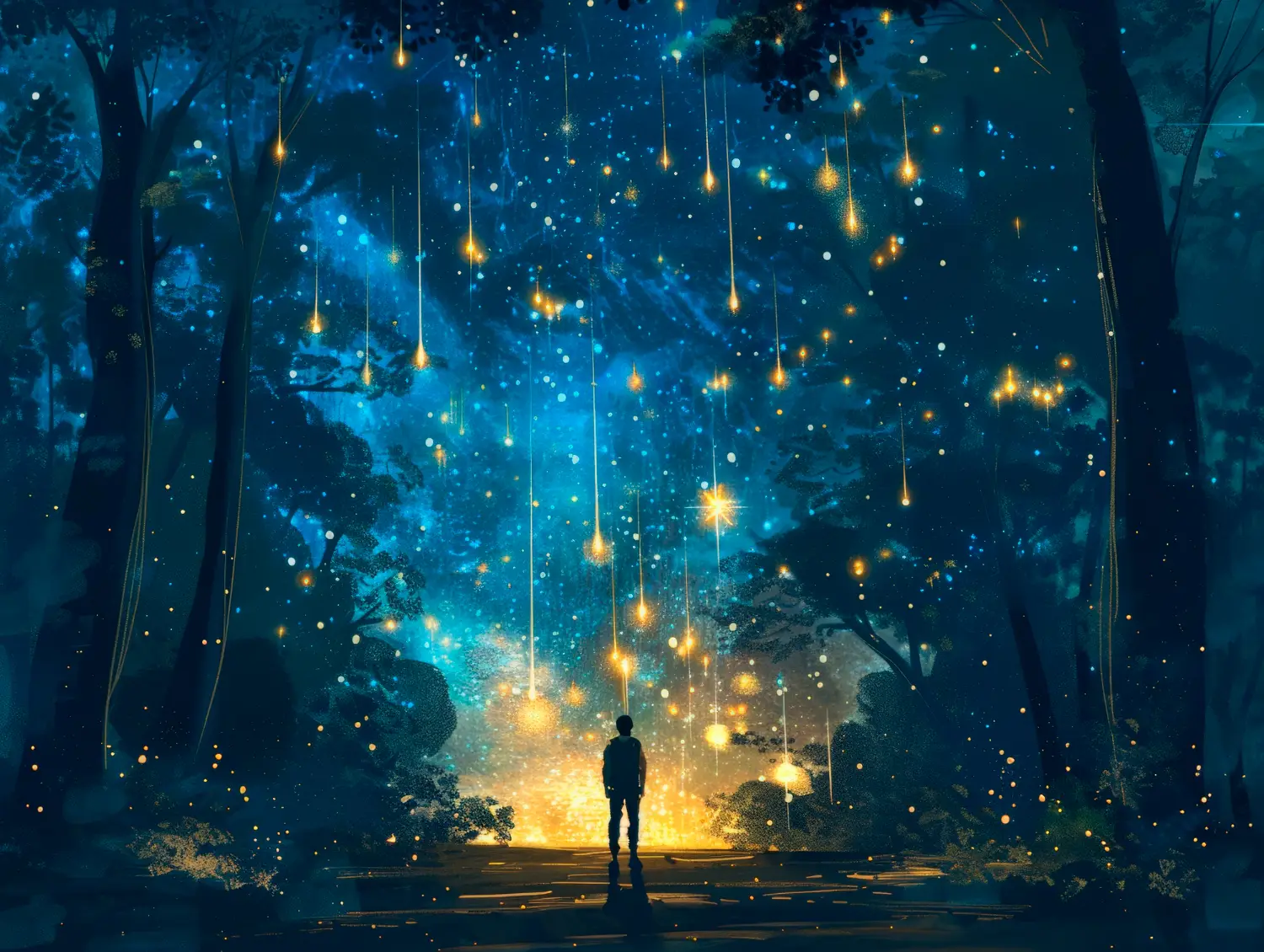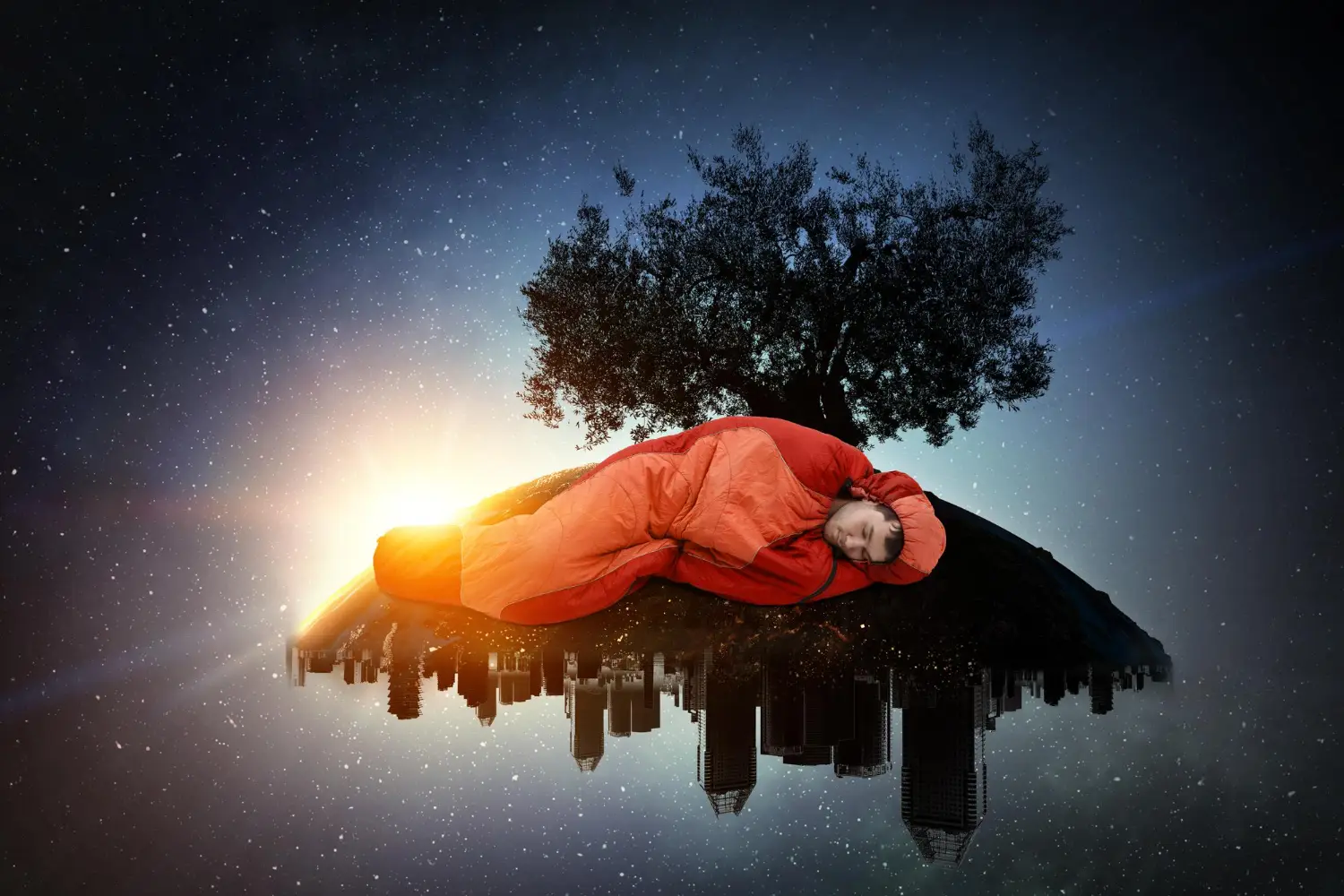When it comes to dream analysis, two towering figures often come to mind: Sigmund Freud and Carl Jung. Both pioneers in psychology laid the foundation for modern dream interpretation, but their approaches couldn’t be more different. Freud, the father of psychoanalysis, focused on repressed sexual desires, while Jung introduced the concept of the collective unconscious and archetypes. This article will explore their early friendship, the split that led to their diverging theories, and how their ideas continue to influence dream interpretation today.
Background: Freud and Jung
Sigmund Freud (1856–1939) was an Austrian neurologist and the founder of psychoanalysis. His work on the unconscious mind, sexuality, and repression is renowned, and his book The Interpretation of Dreams (1899) became a cornerstone of psychological thought. Freud viewed dreams as a way to access the unconscious mind and believed they were a form of wish fulfilment, often linked to repressed sexual desires.
Carl Jung (1875–1961) was a Swiss psychiatrist and a disciple of Freud before forging his own path in psychology. Jung initially embraced Freud’s ideas but later developed his own theories, which placed more emphasis on spirituality, mythology, and collective human experiences. His belief that dreams connect us to universal symbols, or “archetypes,” helped form the basis of analytical psychology.
Their relationship was once characterised by deep intellectual respect. When Jung met Freud in Vienna in 1907, they reportedly talked for 13 hours straight, a testament to their shared curiosity about the human mind. Jung was even considered Freud’s “crown prince” and the future of psychoanalysis. However, their relationship was destined to fracture as their theoretical differences widened.
Freud’s Theory of Dream Interpretation
Freud believed that dreams are a window into the unconscious mind, allowing us to access thoughts and desires we are not consciously aware of. He proposed that the mind has three layers: the id (unconscious desires), the ego (rational thoughts), and the superego (moral conscience). In his view, the id drives our dreams, often manifesting desires we would not acknowledge while awake.
Freud’s dream theory rests on several key concepts:
- Wish Fulfilment: Freud argued that dreams represent unfulfilled desires. Whether these desires are sexual or aggressive, dreams allow us to explore them in symbolic ways. For example, a dream about flying might represent a repressed desire for freedom or power.
- Manifest vs. Latent Content: Freud divided dreams into two parts. The manifest content is the dream as we remember it—the storyline, images, and feelings. The latent content, however, is the hidden, unconscious meaning of the dream. He believed dream interpretation required moving beyond the surface-level manifest content to uncover the latent meaning.
- Dreamwork: Freud introduced the concept of “dreamwork,” which explains how the unconscious mind disguises latent desires in symbolic, often bizarre, ways. Processes like condensation (where multiple ideas are combined into one image) and displacement (shifting emotional significance from one object to another) were methods the mind used to hide the true meaning of dreams.
Jung’s Dream Analysis: The Collective Unconscious and Archetypes
While Freud saw dreams as windows into our repressed desires, Carl Jung believed that dreams connect us to a deeper, more universal experience: the collective unconscious. This concept describes a level of the unconscious mind shared by all human beings, filled with archetypal symbols and motifs that transcend individual experience.
Jung’s dream theory revolves around several key ideas:
- The Collective Unconscious: Jung argued that, in addition to the personal unconscious (which contains memories and emotions unique to the individual), humans also share a collective unconscious. This reservoir of universal experiences is inherited and common to all people, which is why similar symbols often appear in dreams across different cultures.
- Archetypes: Archetypes are universal symbols or patterns that reside in the collective unconscious. They manifest in dreams as figures like the Shadow, the Anima/Animus, and the Hero. For example, if someone dreams of being chased by a dark figure, Jung might interpret this as the shadow—representing the dreamer’s hidden or suppressed side.
- Individuation: Jung believed dreams could help people achieve individuation, a process of integrating all parts of the self, including the unconscious, into a harmonious whole. While Freud focused on repression, Jung emphasised growth, believing that dreams offer insights that guide personal development.
- Symbolism: While Freud viewed dream symbols as primarily sexual, Jung saw symbols as multi-layered and reflective of the dreamer’s inner state. For example, a dream of water could represent emotions, the unconscious mind, or a spiritual journey, depending on the context.
The Split: Freud and Jung’s Diverging Paths
The intellectual bond between Freud and Jung began to fracture over several key differences. While Freud was fixated on sexuality as the primary driver of human behaviour, Jung believed that humans are motivated by broader psychological and spiritual forces. Jung’s fascination with myth, religion, and the collective unconscious further distanced him from Freud’s more clinical and reductionist approach.
By 1913, their relationship had fully deteriorated, with Freud dismissing Jung’s ideas as mystical and unscientific. In turn, Jung criticised Freud’s obsession with sexuality, arguing that it limited the scope of psychoanalysis. This split ultimately led Jung to develop analytical psychology, which continues to stand in contrast to Freud’s psychoanalysis.
Practical Examples: Freud vs. Jung in Dream Analysis
Imagine two people who dream of losing their teeth:
- Freud’s Interpretation: Freud might interpret the dream as a fear of castration or sexual impotence, seeing it as a symbol of repressed anxieties related to sexual performance or identity.
- Jung’s Interpretation: Jung, on the other hand, might see the loss of teeth as symbolic of a deeper transformation or transition. For Jung, teeth represent a natural cycle of death and rebirth, with the dream signalling a time of personal growth or a shift in identity.
Or consider a dream of being chased by a figure in the dark:
- Freud’s Interpretation: Freud would likely view this as a representation of repressed fears or desires, possibly linked to unresolved conflicts from childhood.
- Jung’s Interpretation: Jung might see the dark figure as the shadow, representing aspects of the dreamer’s personality that they are unwilling to confront.
Freud and Jung’s Legacy in Dream Interpretation
Despite their differences, both Freud and Jung left an indelible mark on the field of dream interpretation. Freud’s focus on the unconscious mind, sexuality, and repression continues to influence psychoanalysis and modern psychology, especially in clinical settings. Jung, on the other hand, has had a profound impact on spiritual and holistic approaches to therapy, with his ideas about archetypes and the collective unconscious resonating in fields like literature, art, and even pop culture.
In today’s world, dream interpretation often blends elements from both Freud and Jung. While Freud’s theories may help explain the underlying tensions and desires in our dreams, Jung’s approach offers a more expansive view, connecting us to universal symbols and guiding personal transformation. Together, these two giants of psychology have shaped how we explore and understand the mysterious world of dreams.



